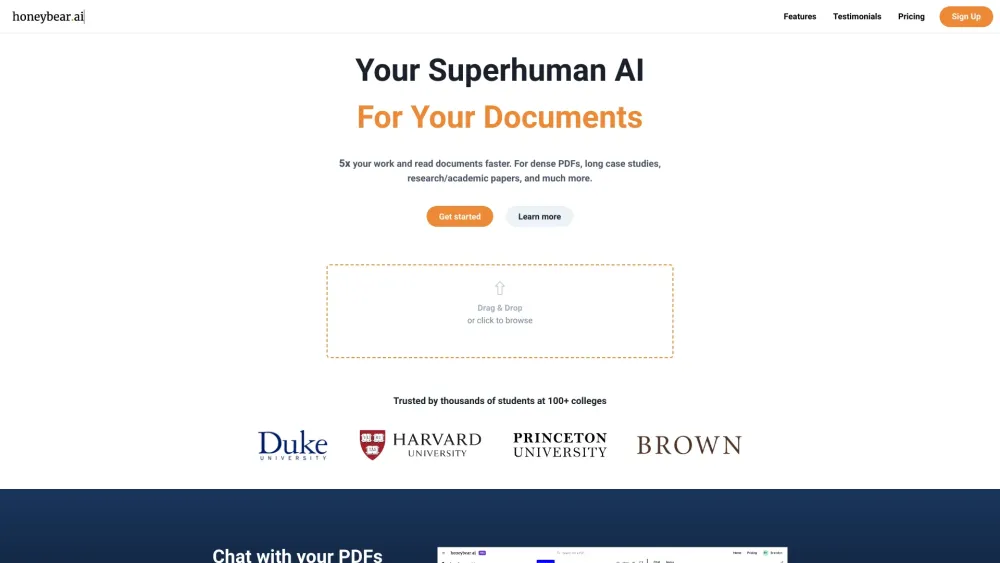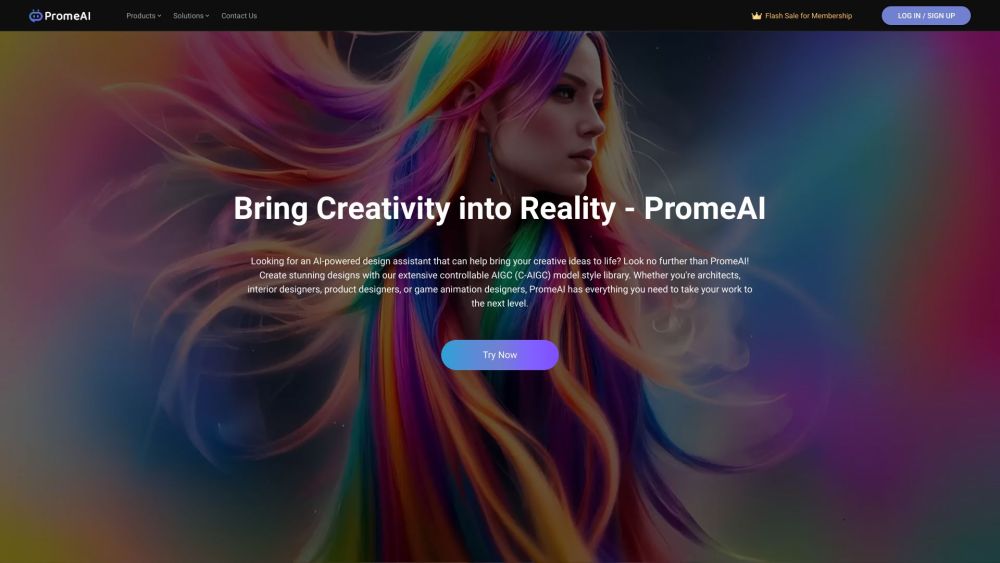Apple researchers have unveiled an advanced artificial intelligence system that enhances voice assistants’ understanding of ambiguous references and the surrounding context, facilitating more natural interactions. This innovation, detailed in a paper published on Friday, is named ReALM (Reference Resolution As Language Modeling).
ReALM utilizes large language models to transform the intricate task of reference resolution—including the identification of visual elements on a screen—into a language modeling challenge. This shift results in significant performance improvements over current methods.
"Understanding context, including references, is essential for a conversational assistant," the research team stated. "Enabling users to query visible screen content is vital for achieving a genuine hands-free experience with voice assistants."
Enhancing Conversational Assistants
A standout feature of ReALM is its capability to reconstruct on-screen visuals using parsed entities and their positions, generating a textual depiction that aligns with the visual layout. The team demonstrated that this method, combined with specialized fine-tuning of language models for reference resolution, surpasses GPT-4's performance.
Apple’s AI system, ReALM, can effectively interpret references to on-screen items, such as the “260 Sample Sale” listing in a mockup, promoting richer interactions with voice assistants.
"We show significant improvements over existing systems for handling various reference types, with our smallest model achieving over a 5% gain in on-screen reference accuracy," the researchers noted. "Our larger models considerably outperform GPT-4."
Practical Applications and Limitations
This research emphasizes the potential of focused language models to perform tasks like reference resolution in production environments where large end-to-end models may not be practical due to latency or computational restrictions. By sharing these findings, Apple reaffirms its commitment to enhancing the conversive and context-aware capabilities of Siri and other products.
However, the team acknowledges the challenges of automated screen parsing. Addressing complex visual references—such as differentiating between multiple images—may necessitate the integration of computer vision and multimodal techniques.
Apple's AI Ambitions
Apple is making rapid progress in artificial intelligence research, though it currently trails behind competitors in the race for AI dominance. Its recent advancements range from multimodal models that integrate visual and linguistic data to AI-driven animation tools.
Despite being known for a cautious approach, Apple faces formidable competition from Google, Microsoft, Amazon, and OpenAI, all of which have aggressively integrated generative AI into their offerings.
As the AI landscape evolves swiftly, Apple finds itself in a challenging position. Anticipation builds for the upcoming Worldwide Developers Conference, where the company is expected to introduce a new large language model framework, referred to as “Apple GPT,” along with additional AI-powered features across its product line.
CEO Tim Cook hinted during an earnings call that details of Apple’s ongoing AI initiatives will be shared later this year. While the company’s strategy remains discreet, the scope of its AI efforts is evidently expanding.
As the contest for AI leadership intensifies, Apple's late entry has positioned it under competitive pressure. Nevertheless, its vast resources, brand loyalty, superior engineering, and integrated product portfolio provide a potential advantage.
A new era of intelligent computing is on the horizon. In June, we will witness whether Apple has sufficiently prepared to influence this transformation.





